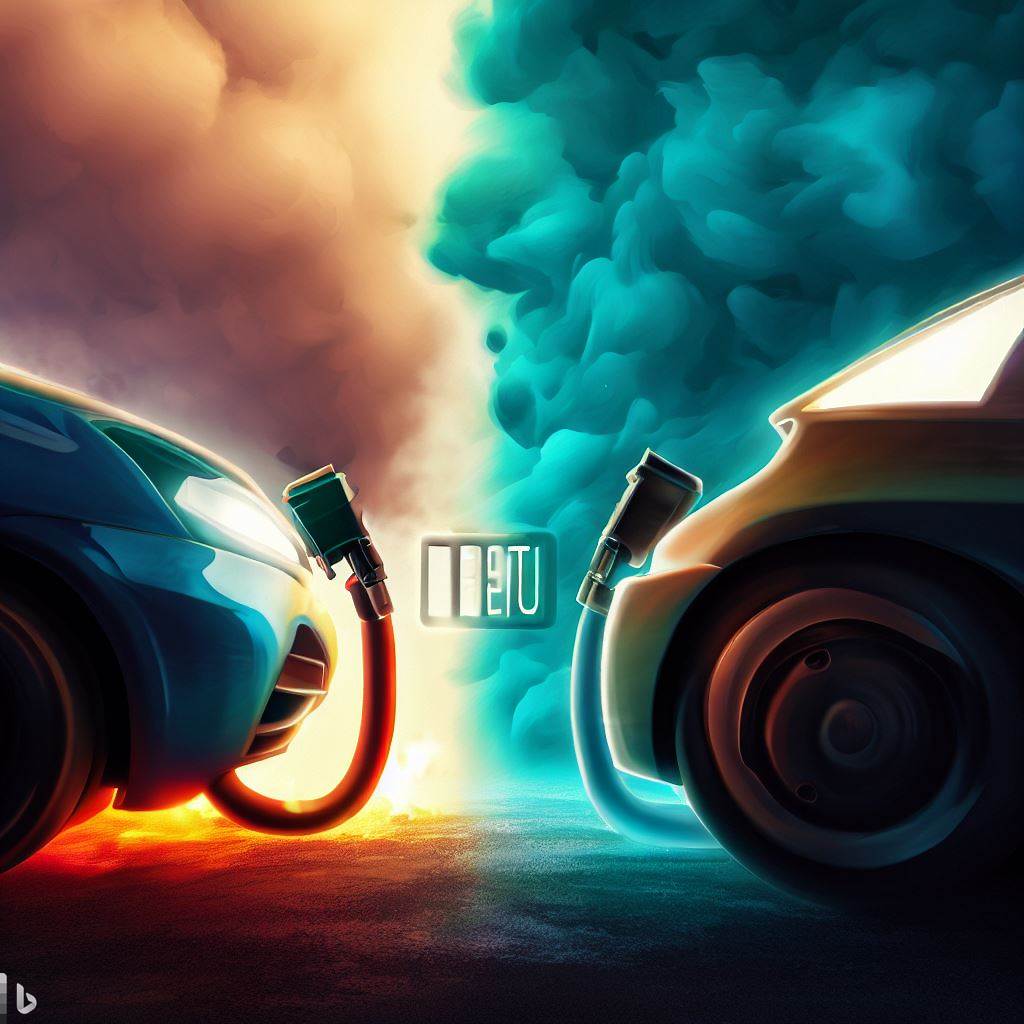What is the difference between Petrol and diesel? These fuels are two common types of fuels used to power cars and vehicles. But how does it affect your car’s performance, efficiency, and emissions? Here is a guide to help you understand the difference between petrol and diesel and how to choose the best one for your car.

What is petrol and diesel?
Petrol and diesel are both petroleum-derived liquid mixtures that consist of different hydrocarbons, which are compounds made of hydrogen and carbon atoms. Hydrocarbons can have different structures and lengths, which affect their properties and characteristics.
Petrol is made up of alkanes and cycloalkanes, which are hydrocarbons with single bonds between carbon atoms. Alkanes have a straight or branched chain structure, while cycloalkanes have a ring structure. Petrol contains hydrocarbons with 5 to 12 carbon atoms per molecule, such as pentane, hexane, heptane, octane, etc.
Diesel is made up of only alkanes, which are hydrocarbons with single bonds between carbon atoms. Diesel contains hydrocarbons with 12 or more carbon atoms per molecule, such as dodecane, tetradecane, hexadecane, etc.
How are petrol and diesel produced?
Petrol and diesel are both produced by fractional distillation of crude oil or petroleum, which is a complex mixture of various hydrocarbons. Fractional distillation is a process that separates the components of crude oil based on their boiling points.
Crude oil is heated in a furnace and then fed into a tall column called a fractionating tower. The tower has trays at different heights with holes or bubble caps. The vapors of crude oil rise up the tower and condense on the trays when they reach their boiling points. The trays collect different fractions of crude oil with different boiling ranges.
Petrol is produced at a lower temperature than diesel, as it has a lower boiling point. Petrol is collected at the top of the tower, where the temperature is between 35°C to 200°C. Diesel is collected at the middle of the tower, where the temperature is between 250°C to 350°C.
After distillation, both fuels are further processed and blended with other substances to improve their quality and performance. For example, petrol is enhanced with aromatic hydrocarbons such as benzene, toluene, or xylene to increase its octane rating, which is a measure of its resistance to knocking or pinging in the engine. Diesel is treated with sulphur-removing agents to reduce its sulphur content, which can cause harmful emissions.
How do petrol and diesel engines work?
Petrol and diesel engines are both types of internal combustion engines, which convert the chemical energy of fuel into mechanical energy that moves the pistons and crankshaft. However, they have different ways of igniting the fuel-air mixture in the cylinders.
Petrol engines use a spark-ignition system, which means that they use an electric spark plug to ignite the fuel-air mixture at the end of the compression stroke. The spark plug creates a high-voltage spark that jumps across a gap between two electrodes. The spark ignites the fuel-air mixture, which burns rapidly and expands, pushing the piston down and creating power.
Diesel engines use a compression-ignition system, which means that they use high pressure and temperature to ignite the fuel-air mixture without a spark plug. The air in the cylinder is compressed by the piston until it reaches a very high temperature (around 210°C). Then, a fine spray of diesel fuel is injected into the cylinder by a fuel injector. The diesel fuel ignites spontaneously due to the high temperature of the air, which burns slowly and expands, pushing the piston down and creating power.
What are the advantages and disadvantages of petrol and diesel?
Petrol and diesel have different advantages and disadvantages depending on various factors such as performance, efficiency, cost, availability, and emissions.
Some of the advantages of petrol are:
- Petrol engines are generally lighter, cheaper, quieter, smoother, and easier to start.
- Petrol engines can produce more power at higher revolutions per minute (RPM), which makes them more suitable for high-speed driving and acceleration.
- Petrol engines can run on different types of petrol with different octane ratings, such as regular unleaded (91), premium unleaded (95 or 98), or ethanol-blended (E10 or E85).
Some of the disadvantages of petrol are:
- Petrol engines have lower fuel efficiency than diesel engines, which means that they consume more fuel and have less range per tank.
- Petrol engines have higher carbon dioxide (CO2) emissions than diesel engines, which contributes to global warming and climate change.
- Petrol engines are more prone to knocking or pinging, which can damage the engine and reduce its power output.
Some of the advantages of diesel are:
- Diesel engines have higher fuel efficiency than petrol engines, which means that they consume less fuel and have more range per tank.
- Diesel engines have higher torque than petrol engines, which means that they can produce more force at lower RPM, which makes them more suitable for heavy-duty vehicles, towing, and hill climbing.
- Diesel engines have lower CO2 emissions than petrol engines, which reduces their impact on global warming and climate change.
Some of the disadvantages of diesel are:
- Diesel engines are generally heavier, more expensive, louder, rougher, and harder to start than petrol engines.
- Diesel engines can produce more power at lower RPM, but they have a lower maximum RPM than petrol engines, which limits their top speed and acceleration.
- Diesel engines can only run on diesel fuel, which has a higher auto-ignition temperature than petrol. If petrol is accidentally used in a diesel engine, it can cause severe damage and require costly repairs.


Leave a Reply